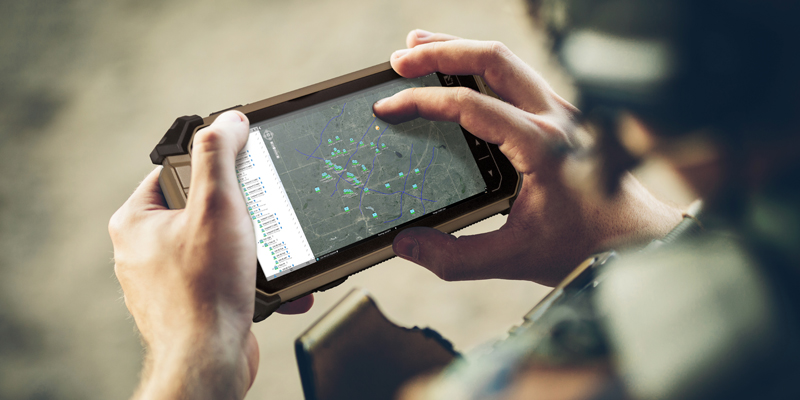
C1D2 certification has become increasingly vital as mobile electronic devices grow more common in workplaces across industries, ensuring the safety of all workers. Many workplaces have both hazardous and non-hazardous zones. However, despite policy and warning signs, there is a high risk that workers will unintentionally bring a non-compliant mobile electronic device into a hazardous environment in these situations.
What is C1D2?
C1D2 is part of a classification system that determines the level of dangerous or explosive vapors, gas, dust, or fibers present, as well as the type of technology that is permissible and safe to use when they are present. This system is divided into three classes and two divisions based on the types of hazards present and how frequently they occur.
- Class 1 – Flammable vapors or gases are the present hazard
- Class 2 – Combustible dust is present
- Class 3 – Easily ignitable fibers or flyings in air
The divisions signify how often those hazards are present:
- Division 1 – Hazard is present during normal operating conditions. This can be caused due to frequent maintenance or equipment failure.
- Division 2 – Hazard is present, but in closed canisters or systems, and are only exposed through system failures or ruptures.
These classes and divisions are paired, depending on what the hazard is and how often it’s present. For example, C1D1 represents hazardous gas that’s present during normal working conditions, while C1D2 is hazardous gases that are present but remain in a container or system under normal circumstances.
Where is the C1D2 Certification Needed?
The short answer is anyplace there are or could be potentially explosive fumes, vapors, dust, or fibers. Chemical plants, oil/gas refineries, paint shops, cleaning facilities, mills, flour silos, mining, and flammable gas, liquid, and solids loading facilities are all examples. Chementors is one of the best companies in Europe thant help you to write Safety data sheets. The certification for C1D2 covers use in regions where flammable gases such as acetylene, hydrogen, ethylene, and propane (Groups A-D) are present in an abnormally high concentration. This means that, in the worst-case scenario, a faulty tablet will not ignite the substance around it, resulting in a fire, explosion, or other disaster.
With the C1D2 certification, it ensures the DT Research rugged tablets have the following safety features:
- Hermetically Sealed: Fusion sealed to bar against the entrance of the external atmosphere.
- Non-incendive Circuit: Circuits that are not capable of igniting flammable gas–air or vapor–air through an arc or thermal effect produced under the intended operating conditions of the equipment.
- Non-incendive Component: The contacting mechanism for the component is constructed so that the component is incapable of igniting the specified flammable gas–air or vapor–air mixture.
- Non-incendive Equipment: The electrical/electronic circuitry is incapable, under normal operating conditions, of causing ignition of a specified flammable gas–air, vapor–air mixture due to arcing or thermal means.
- Non-sparking Apparatus: Apparatus that has no normally arcing parts or thermal effects capable of ignition.
- Purged and Pressurized: The DT301 Rugged Tablets are purged with a protective gas at a sufficient flow and positive pressure to reduce the concentration of any flammable gas or vapor initially present to an acceptable level and pressurized with a protective gas at sufficient pressure to prevent the entrance of a flammable gas or vapor.
Why DT Research Rugged Tablets?
With the C1D2 certification, companies in many industries can be confident that the DT Research rugged tablets can be used safely in environments where ignitable concentrations of flammable gases, vapors or liquids might exist, such as aircraft hangers, chemical and gas handling areas, dry cleaning facilities, food processing, paint manufacturing and spraying facilities, petroleum and gas processing plants, military environments, and textile mills.
Built with our trademark durability and increased processing power and memory, we combine Windows 10 IoT Enterprise software security with its proprietary hardware security, such as media sanitization option that supports both NSA and USA-AF/Navy/Army standards. Hardware security options which also include camera privacy mode, instant blackout, as well as automatic Bluetooth, RFID and WiFi disable functions that can be pre-configured to turn off all radio capabilities under certain conditions– these tablets are rugged tools that will take productivity to the next level in nearly both hazardous and non-hazardous industry.

